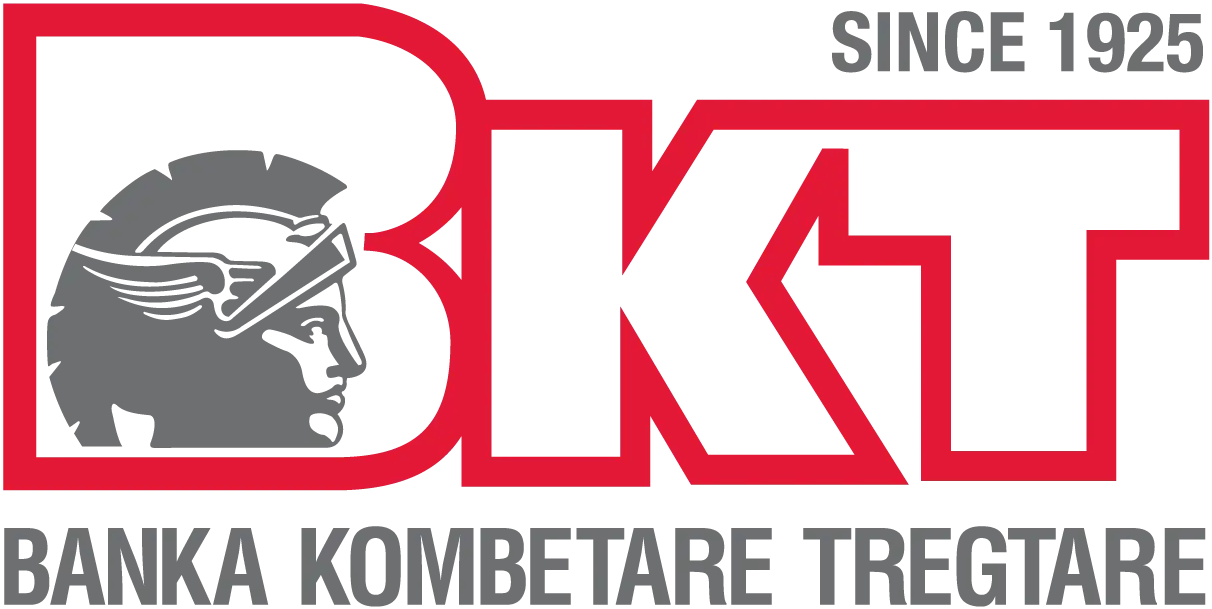For Monitor Magazine, 16th of April 2025
How do you assess the performance of the activity of BKT during the past year and what were, in your view, the most important developments for the banking sector in general?
BKT has successfully achieved almost all its targets, with the most significant being its profit target, supported by a low level of NPLs, stable asset-liability management, strong growth in retail, and a substantial increase in digital usage.
Additionally, BKT successfully completed its second consecutive MREL bond issuance, achieving the MREL target 100% to comply with regulations that impose additional capital requirements on systemically important banks, requiring them to maintain double the capital reserves.
The banking sector overall had a highly successful year, marked by low NPL rates and strong profitability in line with robust growth. The aggressive expansion in lending also had a positive impact on NPL ratios. However, this rapid growth posed challenges for some banks in meeting the increasing capital requirements.
During 2024, a rapid increase in lending was recorded, especially for real estate financing and in the large business segment, while the Bank of Albania decided to apply the countercyclical capital supplement for the first time. Do you believe there is cause for concern regarding the increased exposure of the banking sector to the real estate sector and the addition of large exposures to the corporate segment?
The concerns about rapid growth may be valid, but capital requirements should be adjusted based on the risk levels of individual banks rather than applied uniformly across the sector. The ratio of large loans or mortgage loans to total assets, as well as their proportion relative to capital, should be carefully considered. The banking sector is already well capitalized, with several additional capital requirements, particularly for systemically important banks.
What do you think will be the main issues and challenges for the banking sector in 2025?
Banks are expected to follow an aggressive lending strategy, which may fuel price wars. At the same time, a decline in interest rates is anticipated, putting further pressure on profit margins. As a result, fees and commissions will become increasingly important revenue streams for the banking sector. Moreover, cost management will return to the agenda.
Albania has strong growth potential in sectors such as tourism, construction, energy, and agriculture. To support this growth, banks will leverage their financing capacity. However, this will create additional challenges.
Large banks are already required to hold double the capital, while smaller banks may lack sufficient capital to meet growing demand. There is an ongoing discussion about adjusting the overlap between deposit insurance costs and additional capital requirements for systemically important banks (the five largest banks).
This would mean that, despite maintaining double the capital, these banks are still required to pay the same deposit insurance fees as other banks. Another key topic on the agenda is the implementation of IFRS standards to align Bank of Albania (BoA) regulations with IFRS reporting requirements.
Additionally, digitalization remains a top priority for the banking sector. All banks are expected to increase digital adoption, reduce branch interactions, and streamline operational costs.
All said, we expect 2025 to be a very good year for the banking system, but not necessarily as good as 2024 has been.
